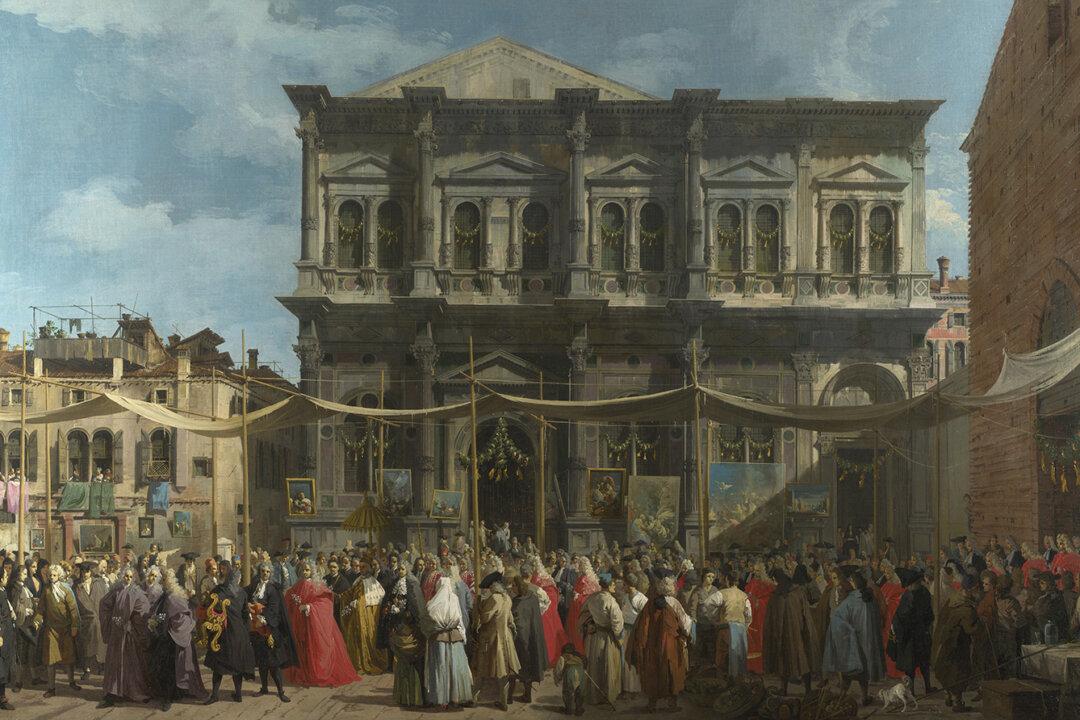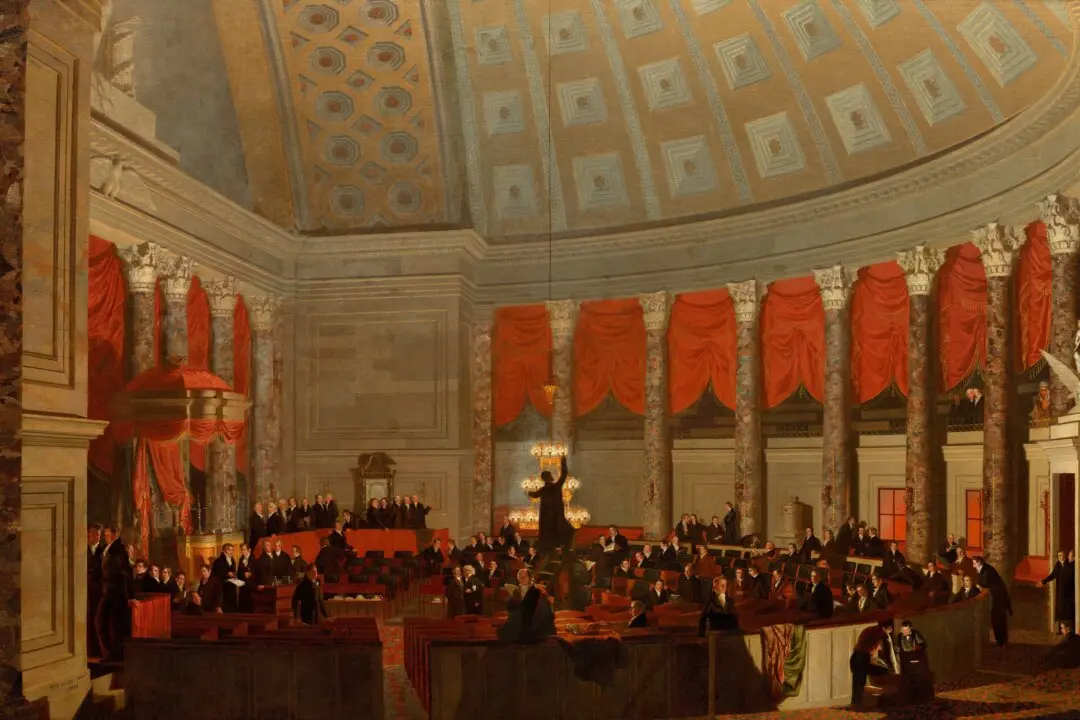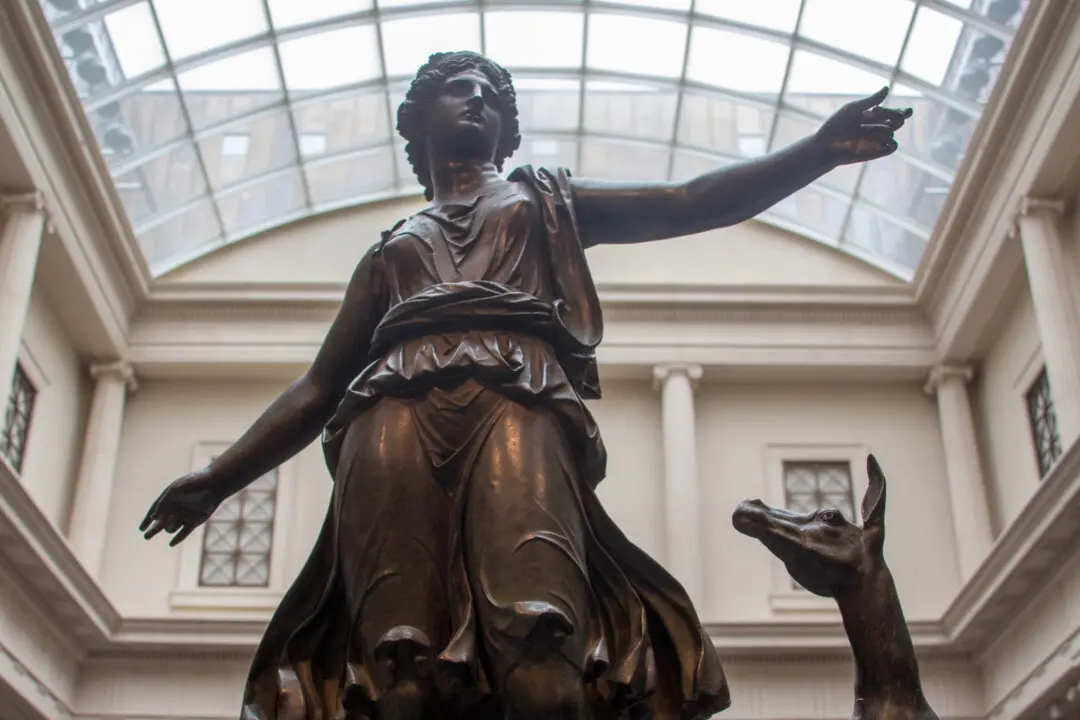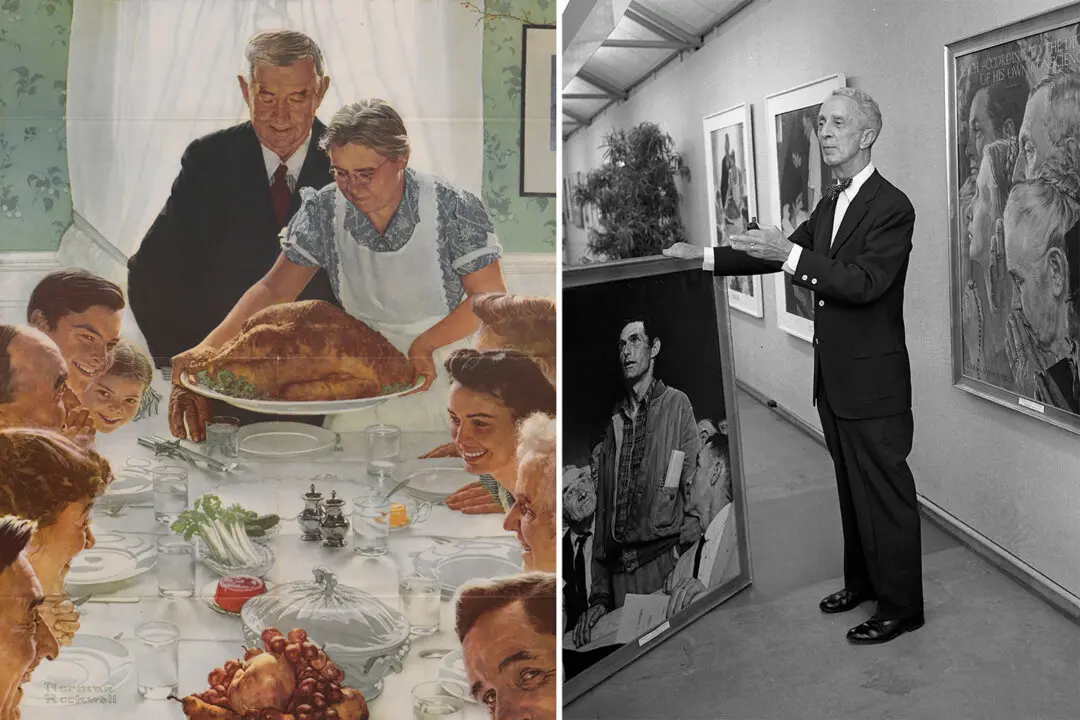The word feast has multiple meanings: It can refer to an elaborate celebratory meal often accompanied by entertainment, or it can signify a cyclic religious observance honoring a holy person.
The tradition of communal feasting can be traced to the early Neolithic period. In ancient Greece, there was a special feast called a symposium that was an integral part of society. Subsequently, feasting was prevalent in the medieval and Renaissance world and has survived in different forms to the present day.





